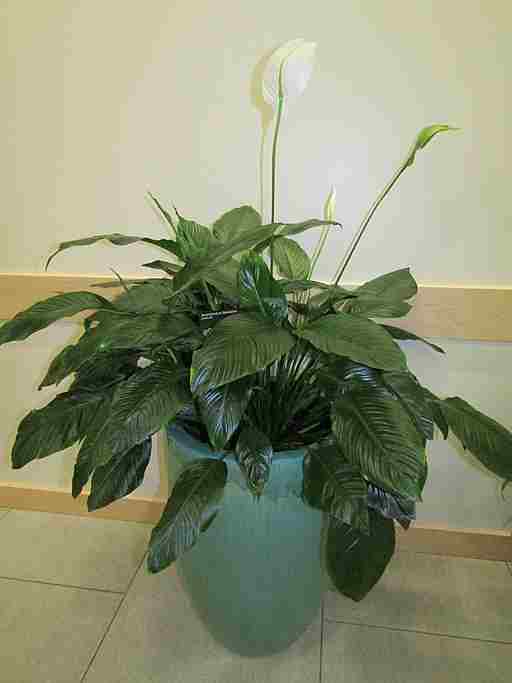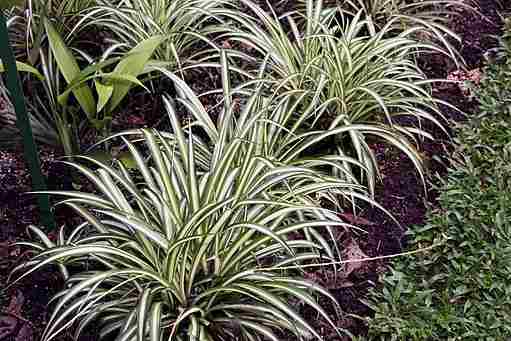Posted on: Wednesday November 1, 2017
When people find out I’m a botanist they always start asking me about their houseplants. Unfortunately, I really don’t know much about houseplants as they are pretty much all tropical or desert plants, not native species, which is where my expertise lies. Not wanting to seem rude by saying “how should I know what’s wrong with your stupid Ficus”, I began thinking about the things I could say using my knowledge about plant ecology. The best advice I was able to come up with is to learn about where your houseplant comes from originally and use that information to adjust how you treat your plant. In this spirit, here is some good general advice. Obviously, the best advice to follow is the instructions on that little tag that comes with the plant. But if you’ve lost the tag and don’t know what species is, there are a few things the plant can tell you about itself.

1. Thick, fleshy leaved plants
Plants with thick, fleshy leaves or stems and spines, are succulents. This means they are probably adapted to dry, desert environments where they might go without rain for months at a time. When it does rain, the plants suck up the water quickly, often storing it as a kind of gel. These plants thrive on neglect and are excellent if you travel a lot as you can leave them for weeks at a time without watering them. In fact, overwatering can kill them, as can the way you water them. Succulents don’t like their “feet” (i.e. roots) wet for very long. To water a succulent properly, wait until the leaves/stems get wrinkly-this means they are using their stored water to live. Place your pot in a sink, shower or bathtub, pour in a whole bunch of lukewarm water and let it drain through the hole in the bottom overnight (DON’T use a pot with a water tray at the bottom). I water my succulent pot only about once a month. Also succulents love sun so they typically need a southern-facing window to be happy.
Examples: Century plant (Agave), aloes (Aloe), jade plant (Crassula), Euphorbia (Euphorbia), burrow’s tail (Sedum), and cactuses
Image: Jade plant (Crassula ovata) is a succulent that does not like to be overwatered.

2. Wide, dark green, thin-leaved plants
Plants with wide, dark leaves tend to be forest floor dwellers, vines or tropical bromeliads. Since very little light penetrates to the forest floor they need big leaves to intercept enough light. Putting such a plant in a hot, southern window will probably make it miserable as it will get the botanical equivalent of sunburn. They may drop their leaves and grow newer, smaller, paler ones in response to these conditions. These types of plants typically do OK in northern-facing windows or indirect light. They generally also hate drying out so they should be watered fairly frequently to keep the soil damp. A word of caution: some of these plants like humid conditions and may not grow well in a dry house; they might be happier in a terrarium or near a humidifier.
Examples: Chinese evergreen (Agalonema), cast-iron plant (Aspidistra), pothos (Epipremnum), Chinese fan palm (Livistona), peace lily (Spathiphyllum), bromeliads, ferns and many orchids
Image: Peace lilies (Spathiphyllum) will tolerate low light. From Wikimedia Commons.

3. Narrow, pale green or silvery-leaved plants
Plants with narrow leaves are often from sunny, somewhat dry habitats like savannas, grasslands and open forests. They generally prefer east, west or south-facing windows and may do OK with indirect light. Unlike succulents, they typically need moister soil conditions although they will still need good drainage.
Examples: Spider plant (Chlorophytum), umbrella plant (Cyperus), dragon plant (Dracena), date palm (Phoenix), yuccas (Yucca)
Image: Spider plants (Chlorophytum comosum) like it a bit sunny. From Wikimedia Commons.
That’s about all I know about houseplants. Good luck not killing yours!






